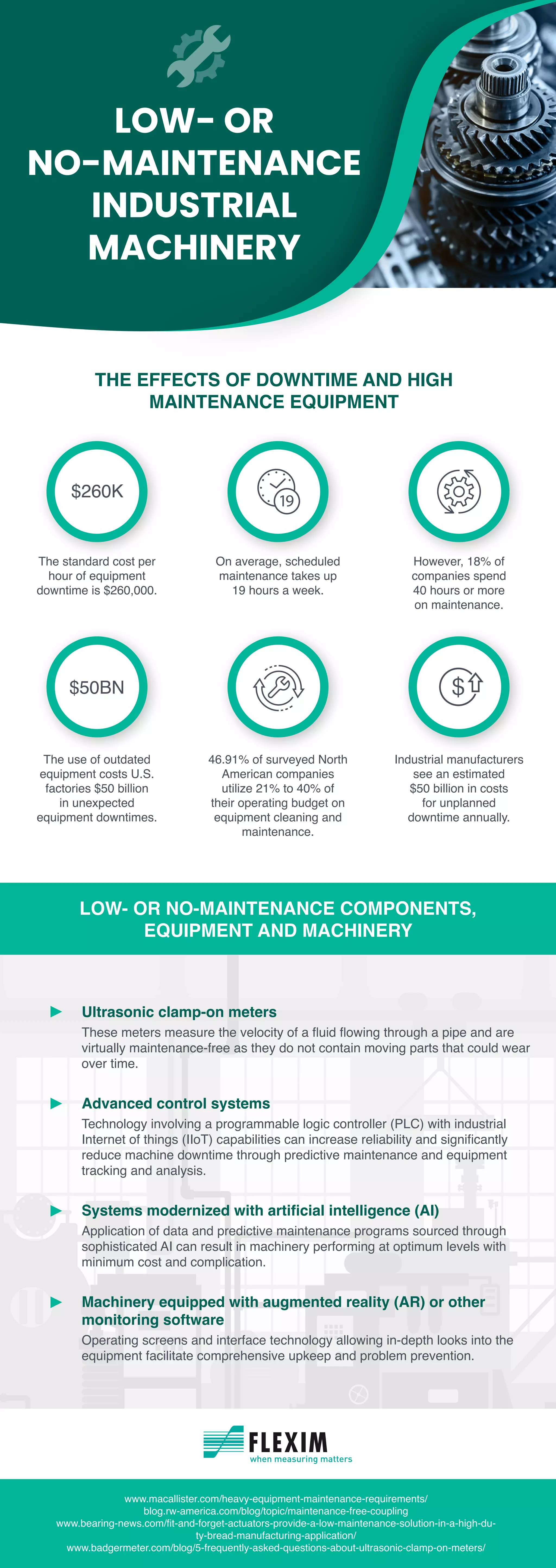In the realm where innovation meets responsibility, sustainable manufacturing machine design stands as a beacon of progress. The decisions made in the drafting room reverberate far beyond the confines of factory walls, echoing in the delicate ecosystems of our planet and the balance sheets of corporations.
Each choice in material selection, energy efficiency, and waste management carries profound implications for the environment, the bottom line, and the legal landscape. Embracing sustainable practices isn’t merely an ethical consideration—it’s a strategic imperative for modern organizations seeking longevity and relevance in an increasingly conscious market.
Furthermore, in an age of tightening regulations and heightened scrutiny, compliance is no longer just a box to tick—it’s an imperative in any sort of operational success. By weaving together the threads of sustainability, profitability, and regulatory adherence, manufacturers not only mitigate risk but also unlock opportunities for innovation and resilience.
For more on how the design of manufacturing machines can be a catalyst for shaping a future where industrial success can exist alongside planetary well-being, please see the resource highlighted alongside this post.
Sustainability In Manufacturing Machine Design, provided by Stober and their industry leading right angle gearbox manufacturers










